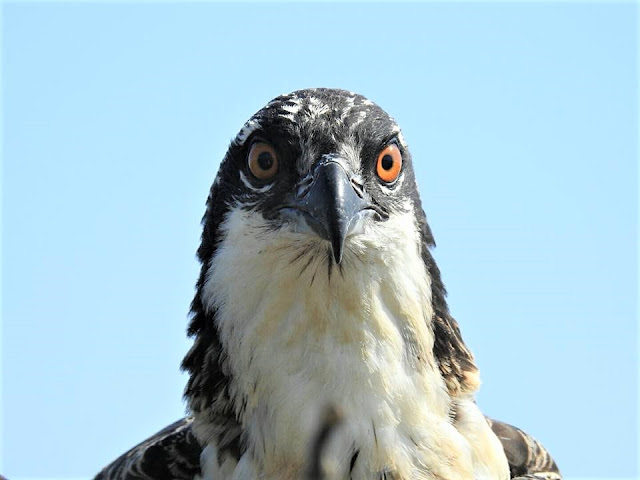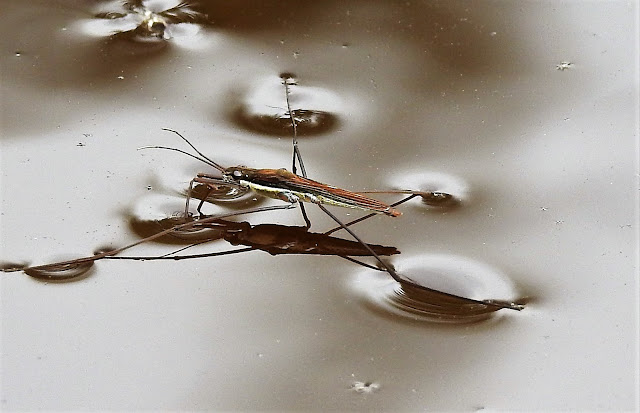Moon snails' mysterious egg cases

by Sue Pike 8/19/2017 The York Weekly/Portsmouth Herald/Fosters Daily Democrat and more Of the many mysterious things you can find while beachcombing, one of the most difficult to understand is (I think) the egg collar of the moon snail. These beautifully-sculpted ribbons of sand show up on our beaches this time of year. A friend recently brought me one - it had washed up above the tide line, dried out and was starting to crumble. I knew it was a moon snail egg case but had to wonder how it was crafted; I certainly couldn’t have made such a thing. The story of how the female moon snail does this is spectacular - a nice example of the myriad of solutions nature has come up with to help with the task of reproduction. Moon snails are beautiful, round, moon-shaped snails (hence the name) that live just offshore of sandy beaches and on tidal sand and mudflats. They burrow in and through the sand in search of their prey. Pick up a clam or mussel shell, even a moon snail shell, if there...


